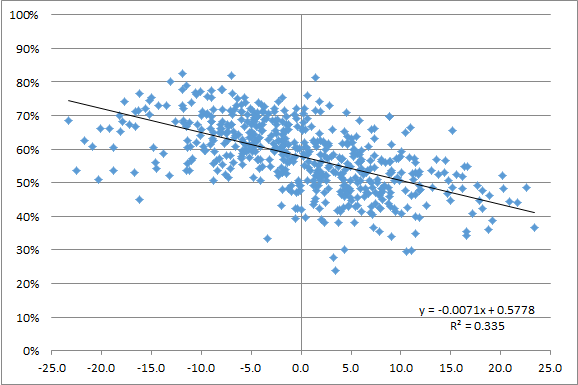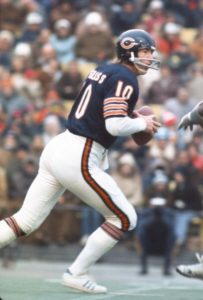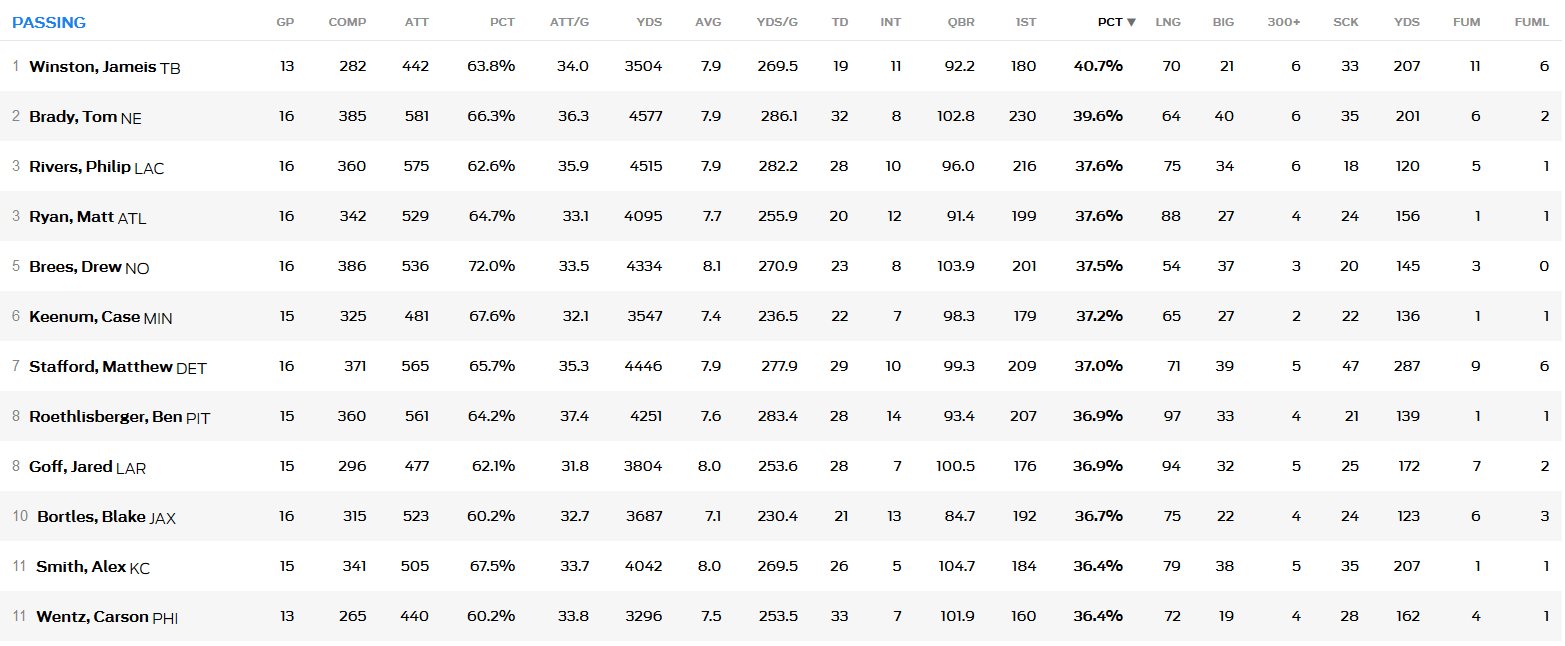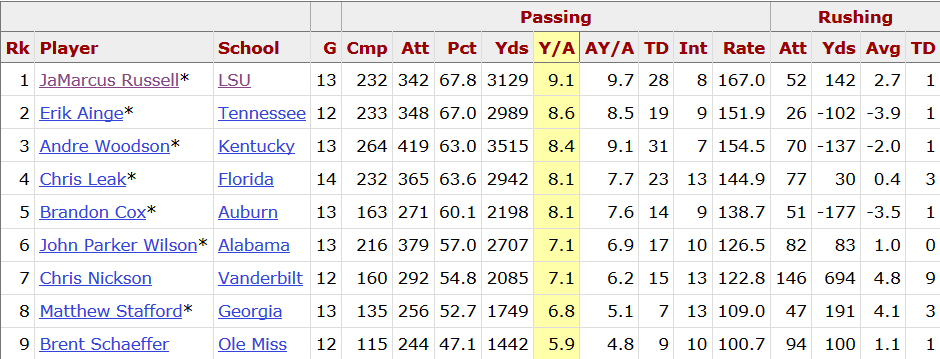There were 66 wide receivers last year who had salary cap hits of at least $2,000,000. Let’s exclude Julian Edelman, who missed the entire season due to injury, and the 18 wide receivers from the 2014-2017 Draft classes, who were all on rookie deals. That leaves 47 veteran wide receivers with cap hits of at least two million dollars last season.
I am also going to eliminate Tavon Austin from the discussion. His contract was so out of whack with reality that it only serves to bias the results in the direction of “there is not much correlation between receiving production and receiving salary.” Since I think the results in this study will find that the correlation is already pretty low between salary and production, my hunch is most people would naturally want to know how much things change (a decent amount, actually) if you remove Austin. He had the 4th-highest cap charge of any wide receiver last year and essentially zero production.
That leaves 46 veteran wide receivers. The R^2 between salary and receiving yards was 0.35 (0.25 if you include Austin), which sounds moderately high but in practice doesn’t mean much. Here’s the best fit formula:
2017 Receiving Yards = 308 + 53.0 * 2017 Salary Cap Charge (in millions)
What this means is that for every million dollars a team spent on a wide receiver last year, you would expect to get an extra 53 receiving yards. In other words, one receiving yard was worth $18,884. A wide receiver at $5M would be expected to produce 573 receiving yards; a wide receiver with a $10M cap charge should produce 838 receiving yards.
Big names like Jordy Nelson, Dez Bryant, Randall Cobb, and DeSean Jackson underperformed their lofty salaries last season. Meanwhile, Adam Thielen, Doug Baldwin, Marquise Goodwin, Kenny Stills, and Jermaine Kearse overperformed their mediocre salaries.
Is getting an extra 53 receiving yards really worth $1M? (If you include Austin, the best-fit formula is 349 + 44.3 * 2017 Salary Cap Charge, meaning you need to spend $1M to get just 44 more receiving yards). Well, part of the answer to that depends on what $1M gets you at other positions. This effect may not be linear, either. This is data snooping, but the players south of $8M appear much less correlated with salary; in other words, the difference between a $4M and an $8M player may be small, but the difference between an $8M player and a $12M player might be large.
This also doesn’t mean that elite wide receivers are overpaid. Consider that Antonio Brown had a cap hit of $13.62M last year, which based on the formula above, means we would expect him to gain 1,029 receiving yards. Since Brown had 1,533 receiving yards, he exceeded expectation by 504 yards. That was the third most of any receiver: [continue reading…]












